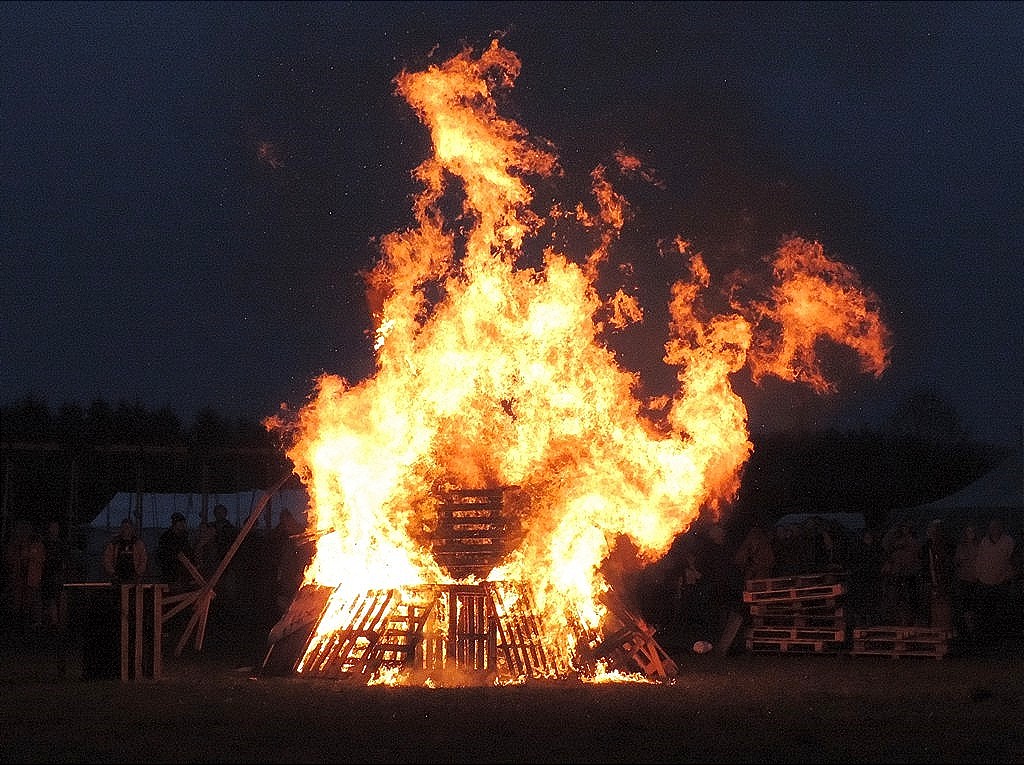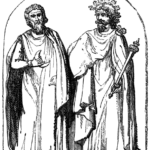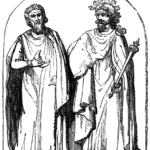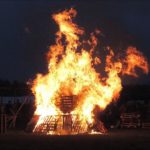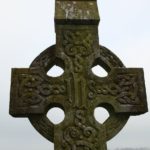In modern times there has been a great surge of interest in pre-Christian religious practices from Europe. These religions known as “pagan” religions were varied and widespread throughout Europe before Rome embraced Christianity and spread those beliefs throughout Europe. Modern neo-pagan religious beliefs such as modern Druidism and Wicca attempt to resurrect one particular faith from the ancient path. Many neo-pagan religions give tribute to the ancient religious practices of the Celts as the basis of their modern religions. This religion is known commonly as Druidism which refers to the religious authorities of this ancient faith. There is little textual evidence to explain the beliefs and practices of this ancient faith, but the textual evidence that does survive along with archaeological evidence that survives paints a rough picture of the Celtic calendar. This information, when paired with archeological, mythological, and textual evidence of certain practices gives historians a very rough picture of the Celtic days of celebration and their meaning.
Understand the Celtic calendar
It is important to understand the Celtic calendar in order to understand the timing and nature of their ceremonies and rites. The movements of the moon played an important role in the Celtic calendar.(1) 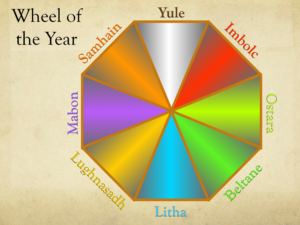 The Celts used a 64 lunar month calendar which tracked time through the various lunar cycles. This was reconciled with the yearly calendar using the “Golden Year,” a period of 19 years in which the lunar cycle and the solar cycle become aligned. (2) The Celts determined their festival dates according to this particular calendar.
The Celts used a 64 lunar month calendar which tracked time through the various lunar cycles. This was reconciled with the yearly calendar using the “Golden Year,” a period of 19 years in which the lunar cycle and the solar cycle become aligned. (2) The Celts determined their festival dates according to this particular calendar.
There are four main festivals during the Celtic year.
Those of Imbolc (February 1), Beltane (May 1), Lughnasadh (August 1), and Samhain (November 1) were the major celebration days of the Celtic calendar. (3) The dates listed are approximate and they most likely changed from year to year as they were likely heralded by specific astronomical alignments. (4) The celebration of these dates and their place as important midpoints in the astronomical calendar alludes to the mathematical and astronomical knowledge of the Celts and their Druid religious leaders. (5) The dates of these important festivals seem to fall between the yearly equinoxes and solstices; it is supposed that these dates were also important dates in the Celtic calendar. The vernal equinox (March 23), the midsummer solstice (June 21), the autumnal equinox (September 23), and the midwinter solstice (December 21), were most likely minor days of celebration during the Celtic year. (6) These eight days of celebration divide the yearly cycle into eight relatively even periods of time.
While it may be fairly accurate to assume that these particular days of celebration were accompanied by some sort of feasts and rituals, little is known about the actual practices that occurred on these days. Scholars have attempted to make assumptions about these festivities using mythological evidence and archeological and textual evidence of general yearly events in Celtic society. The four main festivals have the greatest amount of evidence from these sources, so they are the most speculated.
The Festival of Imbolc
The festival of Imbolc occurred during the beginning of spring and was most likely associated with the lambing season, because of this connection with birth and motherhood, the mother-goddess Brigit is also associated with this particular festival. (7) This celebration most likely celebrated the occurrence of life and rebirth.
Beltane
Beltane was associated with the coming of summer. This particular festival may have been associated with the movement of cattle to pasture-land. Fire and heat were viewed as methods of purification. The Druids may have driven cattle between two large fires as a purification ritual at these festivities. (8) Once the cattle were purified they could be led to a successful grazing season.
Lughnasadh
Lughnasadh was celebrated at the beginning of autumn. This particular festival could have been associated with the harvest season. It is assumed that this particular festival was a fortnight-long event. It could have occurred from mid-July through mid-August. It is also supposed that this particular festival was associated with the god of light and war, Lugh. The festival is assumed to have been associated with important political and legal proceedings. Because of these characteristics, this is a festival where there were most likely ritual sacrifices made and the Druids were most likely highly involved in this festival. (9)
Samhain
Samhain occurred at the beginning of the winter. This particular festival is associated with the veneration of the dead. It was believed to be a time of immense spiritual energy and Druids would have been utilized to control this particular energy. Another characteristic of this festival might have been the celebrations of pair-bonding. Another might have been of the restoration of order and the celebration of valor. All of these characteristics may have been intertwined in the beliefs of the Celts. (10)
As a nature-based religion, the Earth, Sun, Moon, and stars all played an important role in determining the days of celebration for the Druids. This is why it is important to understand its very complex and elaborate calendar system. These days of celebration heralded the changing of the seasons and the natural events that occur along with those seasons. While it is difficult to truly know what these holidays meant to the Druids and the Celts, the calendar and its role in determining days of celebration and the general essence of these holidays can be known.
(1)”Pliny,” in The Druid Sourcebook: From Earliest Times to the Present Day, ed. John Matthews (London: Blandford, 1997), 20.
(2)John King, The Celtic Druids’ Year: Seasonal Cycles of the Ancient Celts, (London: Blanford, 1994), 141-163.
(3)King, The Celtic Druids’ Year, 119.
(4)While this point is not important to my general argument, it is interesting to note that the Celtic calendar was believed to have been derived through the mathematical and astronomical knowledge of the Celts. Some have compared this knowledge with that of the Hellenes. King, Celtic Druid’s Year, 122; “Clement of Alexandria,” in The Druid Sourcebook: From Earliest Times to the Present Day, ed. John Matthews (London: Blandford, 1997), 25.
(5)King, The Celtic Druids’ Year, 121.
(6)Miranda J. Green, The World of the Druids, (London: Thames and Hudson Ltd., 1997), 37.
(7)Green, The World of the Druids, 35; King, The Celtic Druids’ Year, 136-137.
(8)Green, The World of the Druids, 35; King, The Celtic Druids’ Year, 137-140.
(9)Green, The World of the Druids, 36; King, The Celtic Druids’ Year, 123-126.
(10)Green, The World of the Druids, 36; King, The Celtic Druids’ Year, 127-133.

